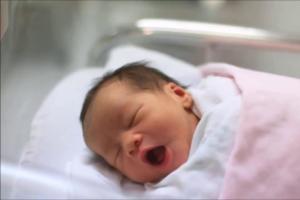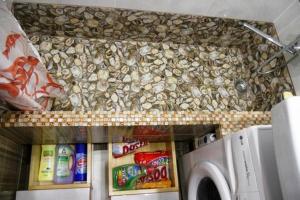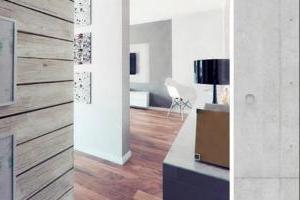If you are going on vacation, you should think in advance what to take with you. This applies not only to things and documents, but also to money. Having learned in a timely manner which currency in Croatia is used for calculation, the traveler will avoid many problems.
History of the emergence of modern kun
Croatia is a member of the European Union, but continues to use its currency, the kunas. The first bills with this name appeared relatively recently - in 1941, but the name is dedicated to one of the first payment measures, which served marten fur skins. The same animal is depicted on coins in denominations of 1, 2 and 5 kunas.
Initial coons disappeared from use in 1945, after only four years of use. They were replaced by the Yugoslav dinars, which were subsequently supplanted by the Croatian dinars in the last days of 1991. Modern kuns, which are currently used, were put into circulation in the late spring of 1994. The final transition to the new currency ended in June 1995.

Appearance of notes and coins
The currency of Croatia resembles the euro in appearance and the principle of the presence of banknotes and coins. In circulation, banknotes of 5, 10, 20, 50, 100, 500 and 1000 kunas are used. They are made in different shades, the front side shows famous figures of the country, and on the back - types of architectural attractions. For example, 50 kuns depict the Old Town of Dubrovnik and a portrait of Ivan Gundulich, 100 - the Cathedral of St. Vitus and Ivan Mazhuranich, 500 - the Diocletian Palace and Marco Marulich.
Banknotes are printed on special paper and protected by watermark, metallized filaments, micro and rainbow prints, hidden text and ultraviolet prints. When considering bills in the light and from different angles, you can see most of these elements. The rest can only be checked with special equipment.

A bargaining chip is limes, in 1 kuna 100 limes. Small coins in 1, 2 and 5 limes are almost never found. Linden with a face value of 10, 20 and 50 are used, coin kuns are also popular: 1, 2 and 5. Linden branches are carved on the obverse, plants and their Croatian or Latin name are visible on the reverse, depending on the year of manufacture. The marten is depicted on the front side of the kun; on the reverse side there is a drawing of a nightingale (1 kuna), tuna (2 kuna) and a bear (5 kuna).
The advantages of different currencies
You can buy kunas at numerous banks and exchange offices, airports and post offices, and of course in hotels, which Croatia is so attracted to. The euro currency is also in use, but is accepted mainly in resort areas. They can pay for hotel accommodation, excursions, souvenir shops and some restaurants. In supermarkets and establishments with a cash register, only kuns or a credit card will be accepted.

It’s better to take the euro on the road, as many accept them as payment and are easy to exchange. To change dollars, you will need a passport, while for the exchange of euros documents are not needed. And the dollar in Europe is not particularly profitable. Also, other European currencies are accepted at exchange points: Czechs and Scandinavians come with their crowns, Poles with zloty, Romanians with lei, Hungarians with forints, British with pounds. So, if you have such deposits or coins, you should take the opportunity to transfer them to kunas.
Opening hours and exchange points commission
Croatian banks accept customers from 8 am to 5 pm on weekdays, and until one or two days on Saturday. On holidays and on Sundays they do not work. Exchangers have a similar schedule, sometimes they work a couple of hours longer than banks. 24 hour exchangers are available at the airport.In some hotels, the currency of Croatia can only be bought at certain hours, while in others, exchange is allowed around the clock.

The commission for foreign exchange transactions is 1-3% of the amount. The lowest percentage is charged by banks, the highest is set in hotels.
The nuances of using bank cards
The national currency of Croatia in most establishments is replaced by a credit card. They are taken at gas stations, in many shops and restaurants, in hotels. Credit card holders do not need to look for exchange offices - any currency is converted into kunas during the payment process.
If you need cash, you can easily withdraw it at one of the many ATMs. They are located in hotels, at banks, on city streets. You can almost always find the device in the immediate vicinity of the main attractions. Another advantage of ATMs is that they work around the clock. When withdrawing currency, 1-2% of the amount will be deducted.
Useful Tips
The most convenient will be to put fixed assets on a bank card, and take part of the money in euros. It is enough to have on hand about 200 kunas for small expenses, in case you can not pay the euro or credit card.
The remaining currency of Croatia can be converted back into euros or other monetary units. To do this, you will need a receipt of the initial exchange. It is allowed to import and export up to 2000 kuna per person.








